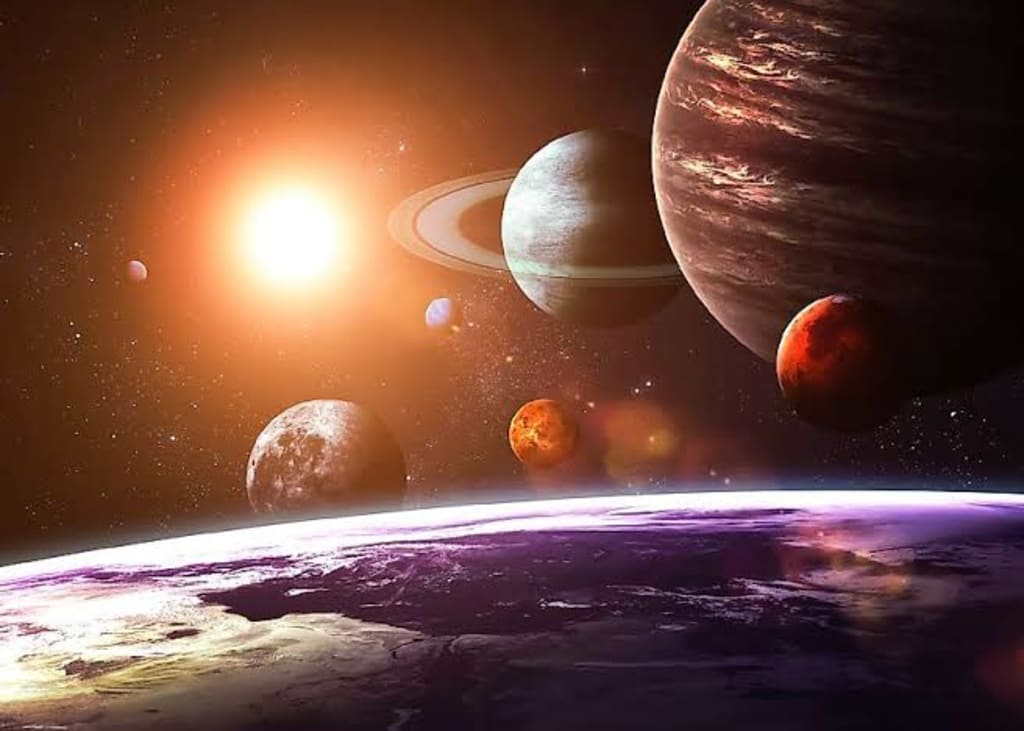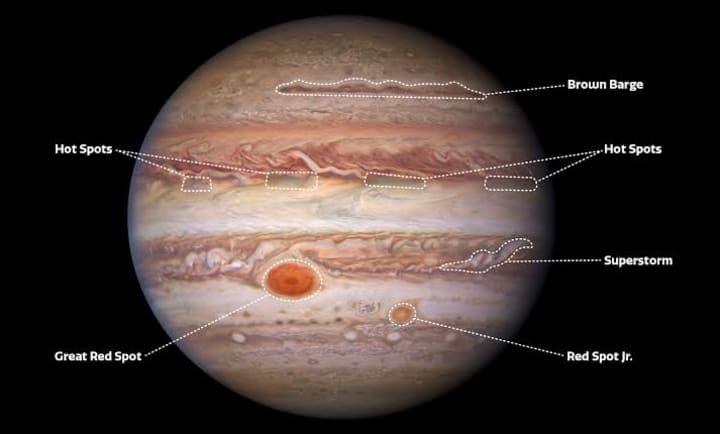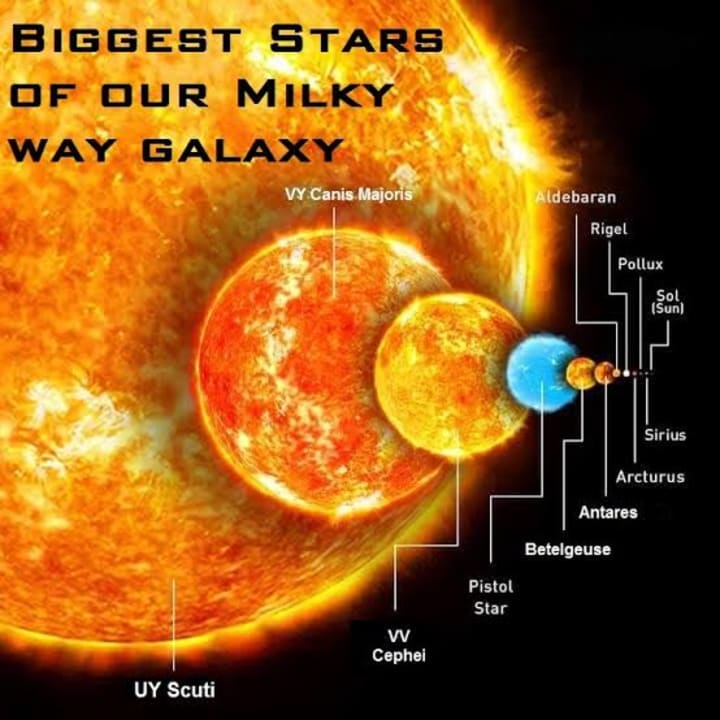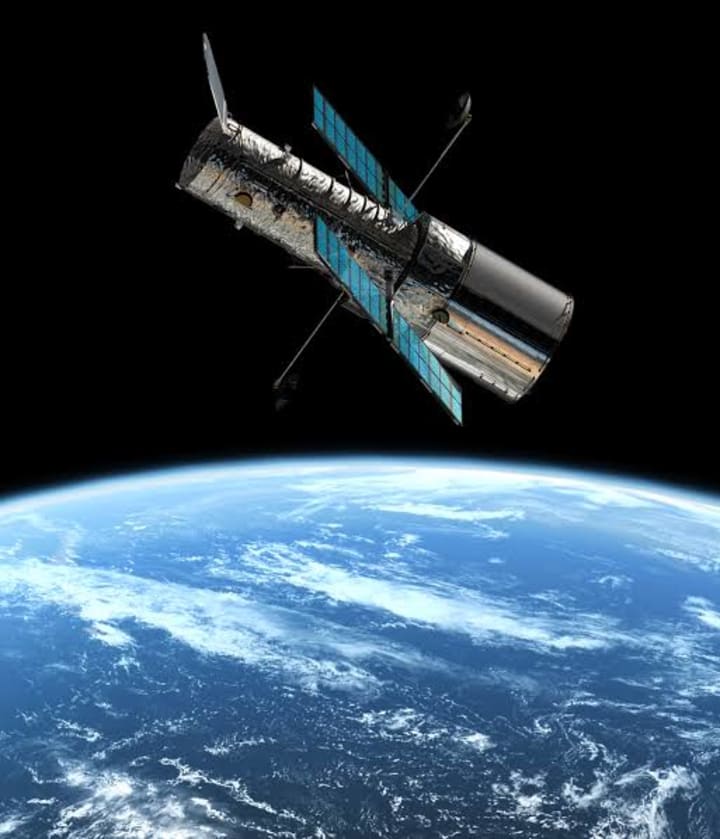THE VASTNESS OF THE SOLAR SYSTEM
Solar system wonders

Welcome to the solar system, your cosmic neighborhood. At the center of it all is Earth, the place you call home. When you look up at the moon, it may not seem too far away, but in reality, at its farthest point, the moon is a staggering distance of 252,088 miles from Earth. To put that into perspective, you could fit every planet in our solar system within that distance. Let's explore some fascinating facts about our planetary neighbors.
Jupiter, the largest planet in our solar system, boasts the Great Red Spot, a massive storm that is approximately twice the size of Earth. Saturn, known for its iconic rings, is about nine times wider than our planet. The rings of Saturn are so vast that some fragments within them are as large as mountains. However, when we consider the size of our Sun, these planetary wonders pale in comparison.

To grasp the sheer magnitude of our Sun, imagine standing on Earth and looking at it. Now picture Earth as seen from the moon, from Mars, from just behind Saturn's rings, and even from a distance just beyond Neptune, four billion miles away. The scale of the universe is mind-boggling, and a billion miles is a monumental distance. To put it in perspective, one million seconds equals about eleven and a half days, whereas one billion seconds equals over 31 years. It's an astronomical gap.
Now, let's take a step back and contemplate the size of Earth compared to our Sun. The Sun is a colossal star, and when seen from the surface of Mars, it becomes apparent just how small our planet truly is. As the late Carl Sagan once pondered, the total number of stars in the universe surpasses the grains of sand on all the beaches of Earth combined. Some stars make our Sun appear insignificant in comparison. VY Canis Majoris, the largest star known to us, is approximately 2,000 times wider than our Sun.

Yet, even these gigantic stars pale in comparison to the scale of a galaxy. If we were to shrink our solar system down to the size of a quarter and apply the same scale to the Milky Way galaxy, the galaxy's diameter would roughly match the size of the United States. To comprehend the vastness of the Milky Way, consider that it spans about 100,000 light-years, equivalent to approximately 621 quadrillion, 371 trillion, 192 billion, 237 million, and 333,890 miles. It's within this enormous expanse that we find our humble abode.
However, our galaxy is just a small player in the grand cosmic tapestry. Take, for instance, NGC 674, a spiral galaxy similar to our Milky Way. It stretches over two hundred thousand light-years across, twice the width of our own galaxy. Yet, even this impressive size is only scratching the surface of the universe's immensity.
In an awe-inspiring image captured by the Hubble Space Telescope, we can see thousands upon thousands of galaxies, each containing millions or billions of stars, possibly with their own planets. Some of these galaxies may have formed as early as 11 billion years ago, a mere three billion years after the Big Bang. This period of time is known as one of the most active eras for star formation.

Let's keep in mind that the image we see represents only a minuscule fraction of the universe. So, the next time you feel disappointed about your favorite show being canceled or annoyed by premature Christmas music, take a moment to remember that this tiny planet, Earth, is your home. It is a remarkable and precious part of a vast and wondrous cosmos.
About the Creator
Enjoyed the story? Support the Creator.
Subscribe for free to receive all their stories in your feed. You could also pledge your support or give them a one-off tip, letting them know you appreciate their work.





Comments
There are no comments for this story
Be the first to respond and start the conversation.